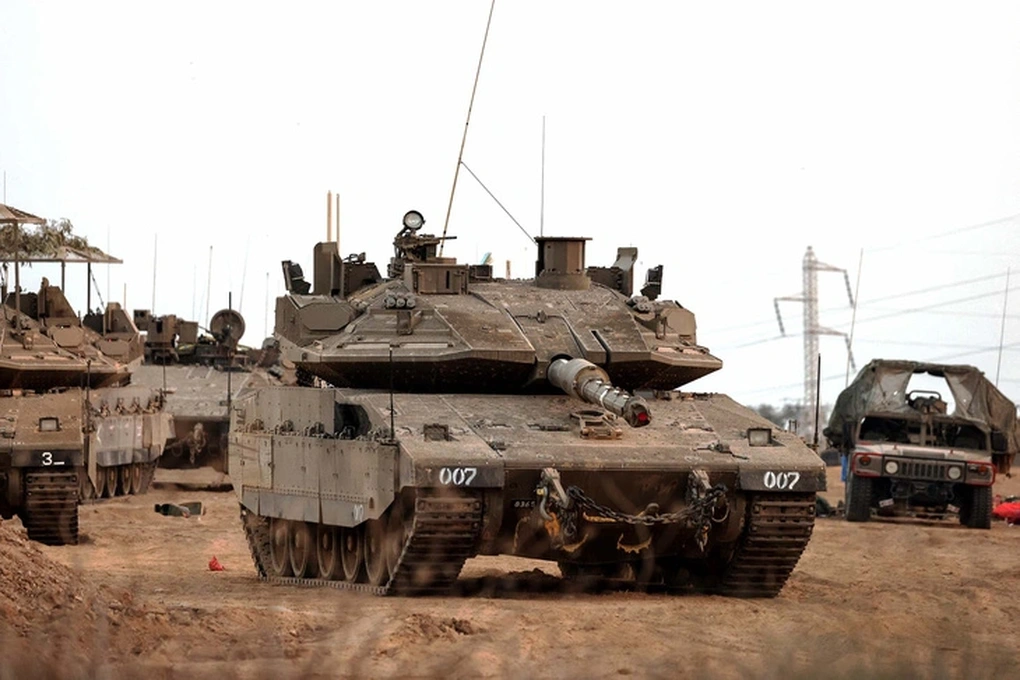
Israeli tanks and military vehicles appear near Israel's border with the Gaza Strip on October 22 (Photo: Reuters).
Not counting periodic cross-border skirmishes, Israel has fought three major wars against Hamas since it withdrew its forces from the Gaza Strip in 2005: in 2008, 2014 and 2021. Each involved ground operations, with Israeli troops in Gaza for about two weeks.
Over the past few weeks, Israel has assembled a massive force for another ground offensive in retaliation for Hamas’ cross-border attacks on October 7. The IDF has called up its entire armored corps, which includes more than 1,000 tanks. Some 360,000 reservists will also join the active force of about 170,000 troops.
This is considered Israel's biggest operation since it launched a ground offensive into Lebanon in 1982 aimed at pushing the Palestine Liberation Organization (PLO) out of its bases there.
Israel succeeded in that goal. But an unintended consequence of that war was the rise of the Shia militant group Hezbollah. Today, Hezbollah has become a much more powerful opponent of Israel than the PLO ever was.
That said, it is a truism that war has unpredictable consequences. And in the current conflict with Hamas, it is still unclear what the outcome will be for Israel.
Why is a ground invasion so dangerous? The difficulties of a ground invasion in Gaza are obvious. Fighting from street to street in a highly urbanized and confined environment would be extremely difficult for Israeli forces. Hamas also has the advantage of an extensive tunnel network estimated to be 500km long, allowing its members to strike and then disappear.
Israel can address these challenges to some extent with the use of robots and unmanned aerial vehicles (UAVs). But night vision technology will not be effective in the absolute darkness of a tunnel, as these devices require some ambient light to function.
Israel has also warned some 1.1 million civilians in the northern half of Gaza to flee to the southern half. In total, the United Nations says millions of people in Gaza have been displaced by the conflict so far, with nearly 580,000 taking refuge in UN shelters.
It is unclear how many people remain in northern Gaza. Israel has warned that those who remain could be seen as “Hamas sympathizers”. There will undoubtedly be horrific civilian casualties.
Another challenge is the fate of some 200 hostages taken by Hamas in the raid on Israel. Hamas claims 22 were killed by Israeli bombs. Some relatives of the hostages are criticizing Prime Minister Netanyahu’s government for not making the release of the hostages a high priority.
It is unclear what Israel intends to do if and when it takes control of the northern half of Gaza. The coastal strip faces a “dire” humanitarian situation, according to the United Nations. And in terms of governing the territory, there are few good options.
Here are potential long-term scenarios for Israel in the Gaza Strip.
Retaking Gaza by military means
This would create a huge military burden and expose IDF soldiers to violence and kidnapping. US President Joe Biden has also warned that retaking Gaza militarily, as Israel did from 1967 to 2005, would be a big mistake.
Eliminate Hamas's top leadership, declare victory, then withdraw
Such a victory would almost certainly be short-lived.
Other lower-ranking members of Hamas would be proud to regroup. Or another group, such as Islamic Jihad, could fill the void. Israel would have no control over who or what that entity would be.
Calls on Fatah party ruling in the West Bank to take control in Gaza
That is unlikely. Fatah lost the civil war to Hamas in 2007, and there is no sign that the return of a Palestinian Authority would be accepted by Palestinians there. Moreover, the head of the Palestinian Authority, President Mahmoud Abbas, was elected to a four-year term in 2005 – and remains in power. As such, it is argued, he may lack legitimacy, even in the West Bank.
Gaza Governed by Non-Aligned Local Leaders
This is a pipe dream. Even if such figures could be found, Gazans would almost certainly view them as Israeli “collaborators,” given their role in keeping hardliners in check in the strip.
Gaza governed by a non-Palestinian Arab force
This is not feasible. The leaders of potential Arab contributors to such a force, such as Egypt, Jordan or Saudi Arabia, would not want to be seen as monitoring the Palestinians on behalf of Israel.
Administration of Gaza by non-Arab forces or the United Nations
Given the enormous risks, it is difficult to find any non-Arab country to adopt the idea. Deploying a UN peacekeeping force would require not only Israel’s approval but also a UN Security Council resolution, a difficult task given that Russia and China rarely agree with the three remaining Western permanent members at this point.
Israel also believes Hezbollah has hindered the UN peacekeeping force in Lebanon from carrying out its mission, preventing it from intercepting militant attacks. After Hamas attacks, Israel is unlikely to entrust its security to peacekeepers who have little incentive to risk their lives for their benefit.
"Mowing the Lawn" Strategy
Israel has long believed it could contain the chaos in Gaza. But the population has grown so large that this is no longer the case. With a growth rate of more than 2% per year, Gaza’s population is expected to reach 3 million by 2030.
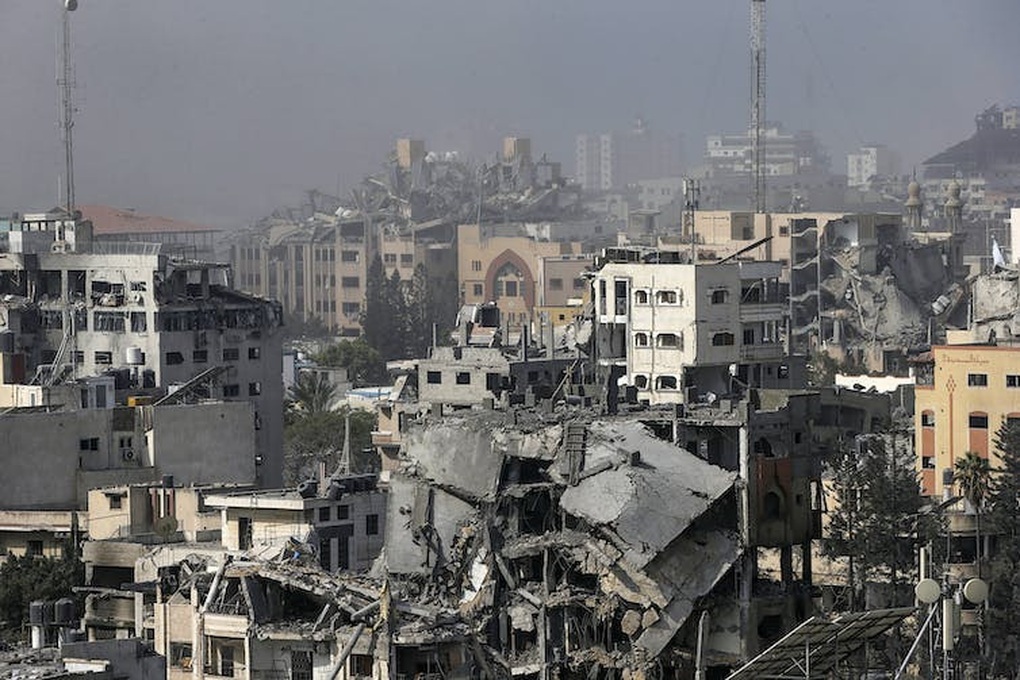
A building in Gaza collapsed after being hit by an Israeli airstrike (Photo: AP).
Gazans are also young, with a median age of 19.6, compared to the global average of 30.5. Nearly half of the adult population is unemployed, and Palestinians in Gaza are four times more likely to live in poverty than those in the West Bank. This is a recipe for social upheaval and radicalization.
Two Israeli journalists, Efraim Inbar and Eitan Shamir, noted in an insightful analysis of Israel's 2014 Gaza war that the Israeli military described its attacks on Gaza as "mowing the lawn" - acts of harsh punishment for Hamas's aggression and weakening its military capabilities.
The purpose of the "grass-cutting" strategy is to achieve realistic and therefore limited political and military objectives. It is part of a long-term strategy of attrition, which has a temporary deterrent effect to create periods of peace along the border.
Both experts said that completely eliminating Hamas was not an “achievable military goal.” Even if Hamas could no longer control Gaza, the alternatives were Israeli rule, rule by more radical groups, or chaos.
Accordingly, against a tough opponent like Hamas, Israel only needs to occasionally "mow the grass" to weaken the opponent's capabilities. From a humanitarian perspective, this phrase is objectionable. The question now is whether Israeli Prime Minister Benjamin Netanyahu will try a different strategy this time. Time will tell.
Source



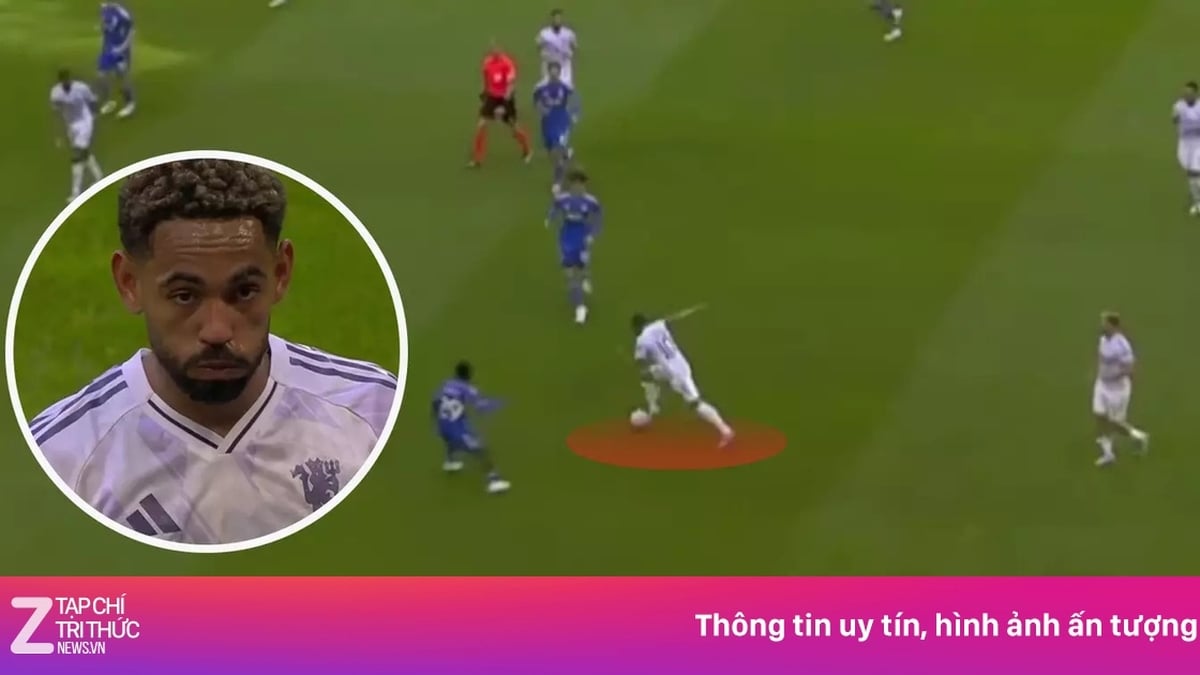


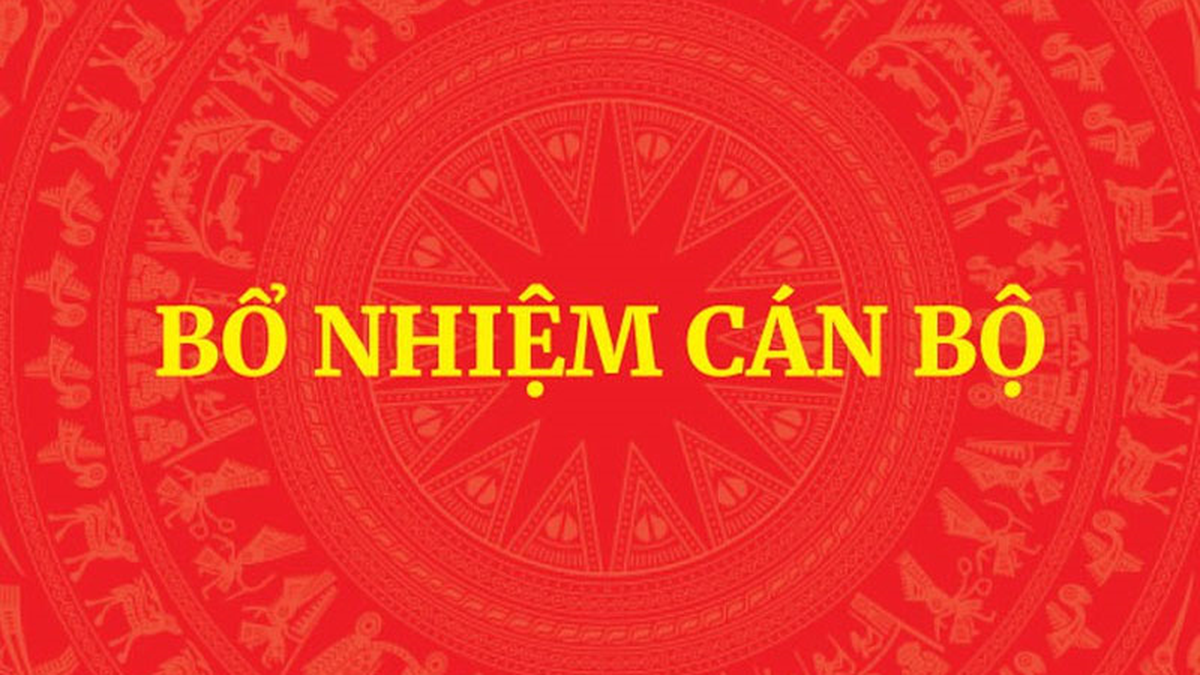
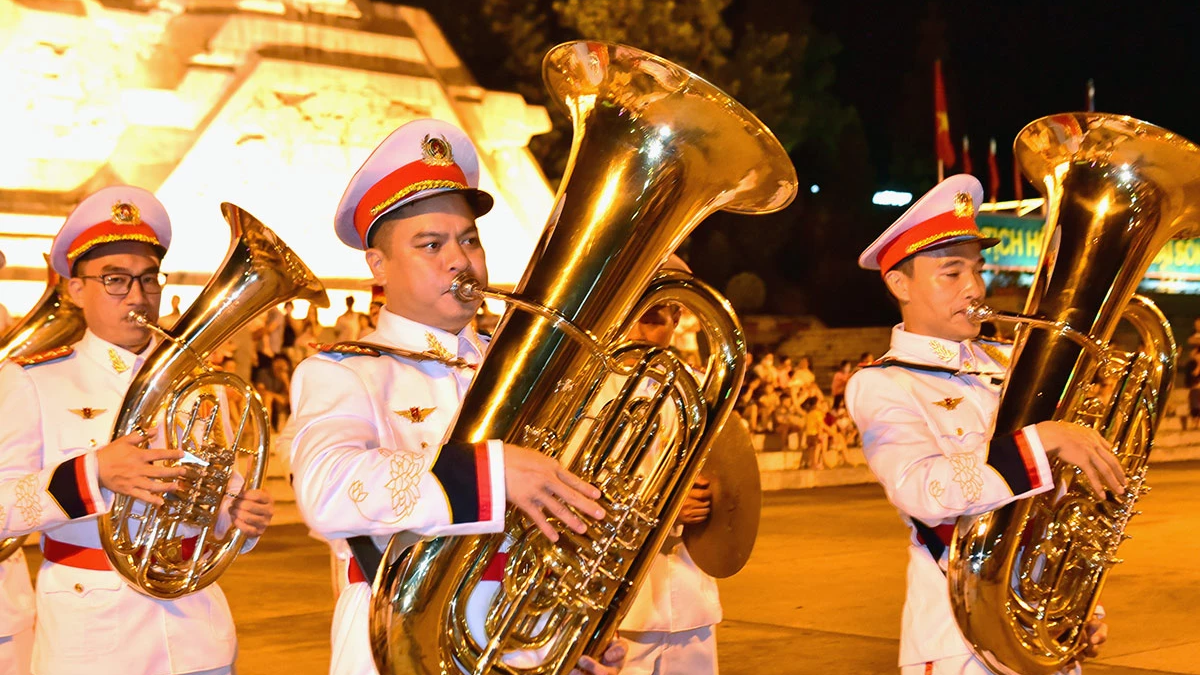
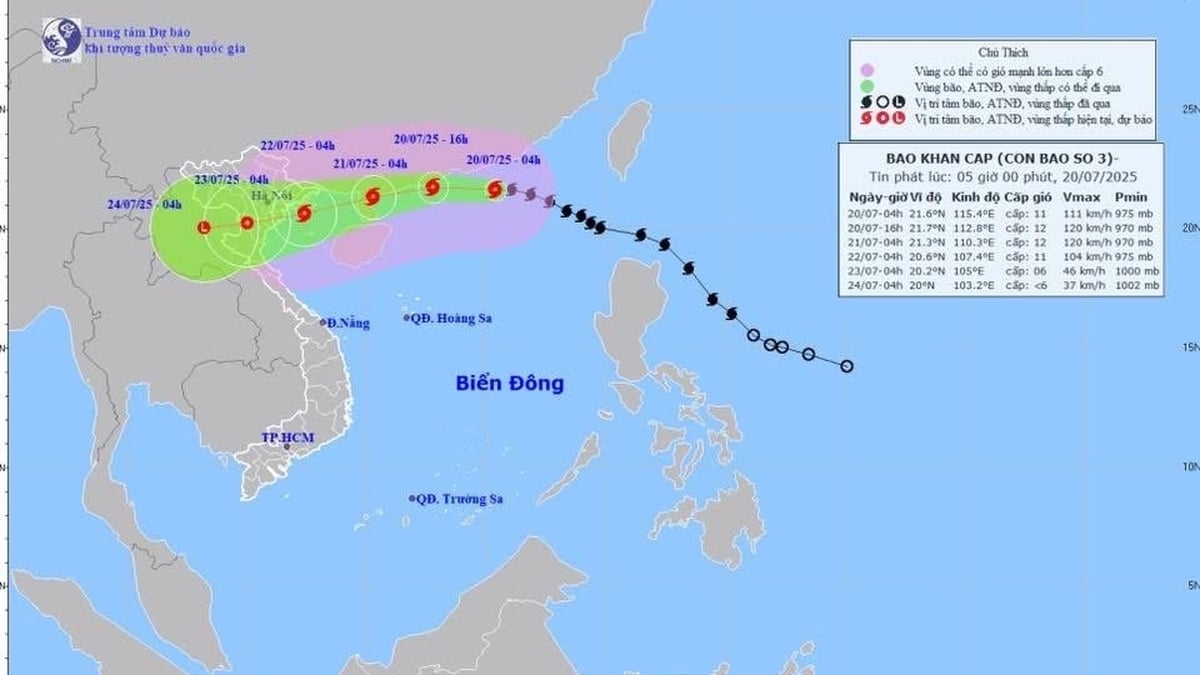

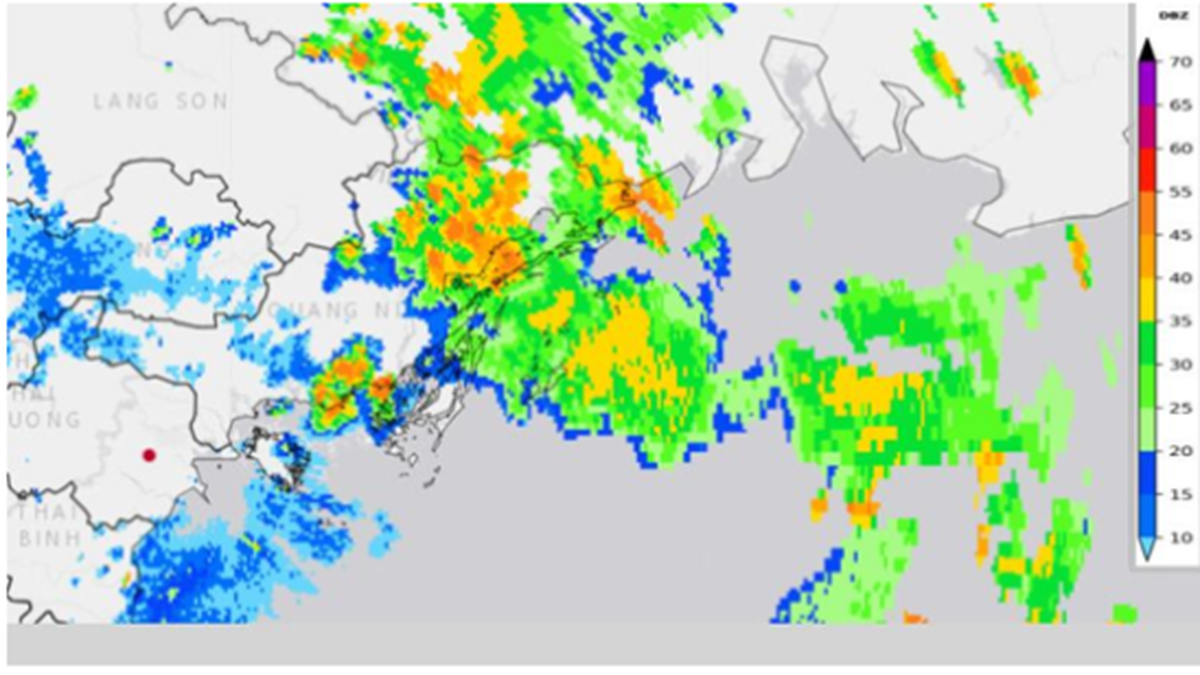






















































































Comment (0)